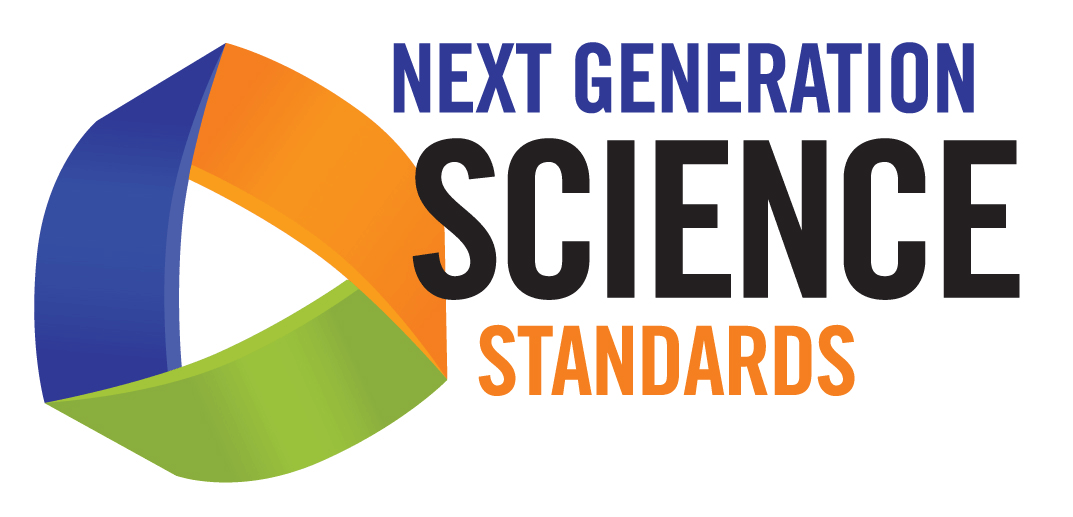Natural and In Vitro Fertilization Create Embryonic Stem Cells
Overview
Students will begin this unit by exploring heredity at the organismal and cellular levels. The activities in this 1-2 day sequence will encourage students to ask questions about the underlying causes of heredity. This lesson addresses the Next Generation Science Standards (NGSS) Performance Expectation HS-LS3-1. View the standards that apply to this unit.
Some students may already have an understanding of natural fertilization, so you can help them explore in vitro fertilization and embryonic development from a single stem cell, the fertilized egg. Encourage guided discussion about how stem cells are created. Students begin understanding the process of science by being curious about natural phenomena and then focusing their interest by asking questions.
Content and visuals can be introduced through an Introductory PowerPoint presentation. Next, students can use an online interactive lab tutorial to simulate sea urchin reproduction via in vitro fertilization (the exercise ends at the fertilized egg stage, which is the first, totipotent stem cell). Video clips of human in vitro fertilization can lead in to a Play Doh modeling activity that demonstrates embryonic development through the blastocyst stage, where embryonic (pluripotent) stem cells reside. These cells can be extracted to create a “stem cell line” that is maintained in a lab. Homework questions will guide discussion about the molecular basis of heredity in the next lesson, “How does a stem cell ‘know’ what to become?”
Important Terminology
Potency: the degree to which a stem cell can change (differentiate) into more mature (specialized) cells.
The fertilized egg is the first cell of a new organism that reproduces sexually. That cell is a totipotent stem cell. It has a higher level of cellular potency than any of its trillions of descendants. One human totipotent cell has the potential to become any cell in the body as well as the placenta. At a slightly more advanced stage in development, the embryo contains about 8 cells and they’re each totipotent. After more cell division, some of the stem cells differentiate into cells that form a pre-placenta around the stem cells. The placental stem cells will eventually become all other cells forming the placenta.
Pluripotent stem cells remain in the center of the blastocyst—the 5-day-old embryo, containing 30-100 embryonic stem cells surrounded by fluid and pre-placenta. Those cells have the potential to become any cell in the body, but they will not form the placenta. They cannot “go backwards” and de-differentiate into the pre-placental stem cells.
After the blastocyst implants in the uterus, the pluripotent cells morph into a three-layer disk, and now the cells are positioned into three germ layers. A cell from one layer cannot become a cell from another layer, nor can cells of the three layers return to a pluripotent state. Just like the stem cells we have after we’re born and into adulthood, these are multipotent stem cells. They’re more limited than pluripotent cells, but they still build complex systems within the body.
For detailed information, see Teacher Background Information 1 from CIRM model stem cell curriculum Unit 1.
Outline of Lesson
Stem Cells and Regenerative Medicine: Introductory PowerPoint presentation
Save presentation and videos on your computer, insert the videos into the presentation, and read/consult the script on each slide’s notes. The full presentation takes one class period and should be tailored according to the time available and student ability.
OR
View selections from Potent Biology: Stem Cells, Cloning, and Regeneration
Choose segments appropriate for students’ backgrounds. These clips are highly informative and can be inserted anywhere into the unit.
Sea urchin reproduction simulation with natural and in vitro fertilization
- As individuals, students model Sea Urchin reproduction using VIRTUALURCHIN.
- Discuss: What is inside eggs and sperm? What is passed on from parent cells to the fertilized egg? What does heredity mean? What is the difference between the sea urchins’ way of fertilizing the egg and the way we created the fertilized egg in the virtual lab? (In vitro = in the test tube or glass; in vivo = in the whole, living organism). Go deeper into these topics by encouraging students to ask questions, brainstorm, and work together to construct explanations instead of giving away the content upfront.
Human natural and in vitro fertilization
- View online video clips:
- Human Embryonic Development (available for download) (2:18)
- Infertility and In vitro fertilization (3:11)
- Real-time Human Intra-cytoplasmic Sperm Injection (0:33)
- Creating Embryonic Stem Cell Lines (available for download) (1:38)
Embryonic development Play Doh activity
- Students can work in groups or guided by the teacher to model early embryonic development.
Homework assignment
Without using sources, answer the following questions. (If you must use sources, properly cite them.)
- Compare natural and in vitro fertilization.
- Draw a diagram of development from fertilization to the blastocyst stage.
- Describe where you can find embryonic (pluripotent) stem cells.
Brainstorm. (No sources allowed, just write what you’re thinking. Also write down questions to ask in class tomorrow.)
- Why do I have a combination of traits from my parents?
- How does DNA connect to heredity, where offspring receive traits from parents?
- How are stem cells involved in the process of passing traits from generation to generation?

